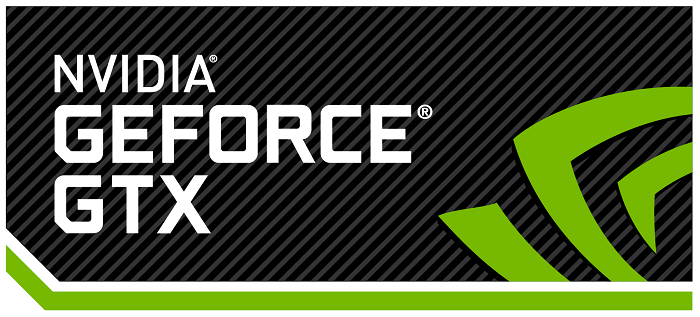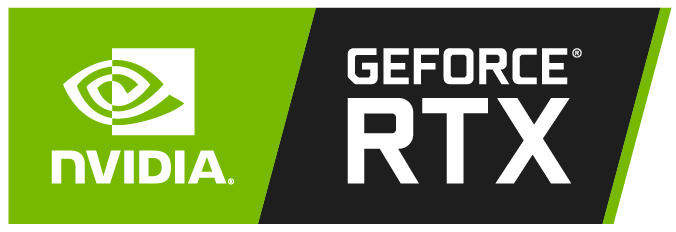And the important question is, which one should you buy? Welcome to the beginner’s guide to GTX vs RTX. Here, we will see all the glory details of Nvidia’s current and previous “mainstream” graphics cards.
A Brief Note on GTX
Nvidia has been making graphics cards forever but it started the “GTX” branding only in 2008 when it launched the GeForce GTX 260 and GTX 280 Graphics Cards. So, what does GTX stand for?
Best RTX 3090 Graphics Card Best RTX 3070 Graphic Cards Best Low Profile Graphics Cards Best RTX 2070 Super Graphics Cards Best 6800 XT Cards How to Fix Geforce Experience Error Code 0x0003 NVIDIA RTX 3060 Ti Vs. NVIDIA RTX 3070
GTX means Giga Texel Shader Extreme. Here, two terms “Texel” and “Shader” are very important. We know a pixel is the smallest element of an image. Similarly, a Texel is the fundamental element of a Texture Map, which is the image applied to the surface of a polygon in graphic design. In the world of digital computing, special graphics processing units or GPUs do the job of mapping the texels to pixels and producing a 3D image. Before GTX, Nvidia had similar technology and called it GT (Giga Texel), GTS (Giga Texel Shader), and others. But the GTX (sometimes GTS) series had a huge improvement in the geometric shading process.
Right, we forgot about Shader. Shading is the process of calculating the amount of light, color, and darkness while rendering a 3D image. The “software” that does this job is the Shader. Enough technical blabber. Coming to GTX stuff from Nvidia, you might remember the GTX 1080, GTX 1070, and even the most recent GTX 1650 and GTX 1660. All these cards essentially contain an upgraded version of the GTX technology. Some popular GTX Graphics Cards from the recent past are:
GTX 1050 GTX 1050 Ti GTX 1060 GTX 1060 Ti GTX 1070 GTX 1070 Ti GTX 1080 GTX 1080 Ti GTX 1650 GTX 1650 Ti GTX 1660 GTX 1660 Ti
With the technology continuously evolving, Nvidia moved on from the GTX technology to the much superior RTX Technology, starting with the RTX 20 Series of Graphics Cards. On that note let us jump to RTX.
A Brief Note on RTX
RTX stands for Ray Tracing Texel Extreme. Here, the important term is “Ray Tracing”. We previously talked about Shaders. Ray Tracing is an advanced technique for modeling optical effects such as shadows, reflections, refractions, light scattering, and many more. The concept of ray tracing is very old but the “hardware” to implement this in real-time started with Nvidia’s RTX Series of GPUs. In late 2018, Nvidia released RTX 2080, the first graphics card to support ray tracing. It blew the world away. With a 75% performance to the previous GTX 1080 GPU and dedicated Ray Tracing cores in the GPU, the RTX 2080 was a revolution in the graphics world. It took some time for the developers (games, rendering, and other productivity) to fully utilize the Ray Tracing capabilities of the RTX graphics cards. But everyone was delighted at the direction where the modern “graphics” technology was going. After the success of the original RTX 20 Series of GPUs, Nvidia upped their game a couple of later with the RTX 30 Series. And boy did it deliver.
They had a significant performance gain over the RTX 20 Series, with many tech reviewers calling the RTX 3090 and RTX 3090 Ti the fastest consumer GPUs ever. Here is a list of some RTX Graphics Cards from Nvidia:
RTX 2060 RTX 2070 RTX 2080 RTX 2080 Ti RTX 3050 RTX 3050 Ti RTX 3060 RTX 3060 Ti RTX 3070 RTX 3070 Ti RTX 3080 RTX 3080 Ti RTX 3090 RTX 3090 Ti
Differences: GTX vs RTX
Alright. Now that we have seen the basics of GTX and RTX, let us move on to their differences. Both of them are a series of graphics cards from Nvidia. The GeForce GTX Series started in 2008 with GTX 200 Series and lasted till 2018 – 2019 with GTX 10 and GTX 16 Series. Coming to the RTX, it is the latest technology from Nvidia that focuses on the Ray Tracing capabilities of the GPU core. Nvidia first launched the RTX GPUs in 2018 with the RTX 20 Series. It is currently in its second generation with the RTX 30 Series (at the time of writing this comparison guide). Soon, Nvidia is going to launch its latest and even more powerful RTX 40 Series of GPUs. Is Ray Tracing the only difference between GTX and RTX GPUs? No. Another main difference between them is DLSS. Short for Deep Learning Super Sampling, DLSS is a real-time deep learning technology from Nvidia that helps in image enhancement and upscaling. Both RTX 20 and 30 series of GPUs have dedicated AI Cores known as Tensor built into the GPU.
Comparison of GTX vs RTX Graphics Cards
Let us see a couple of GTX vs RTX comparison tables. The first one is a generic comparison while the second table compares RTX 20 Series with GTX 10 Series.
Which One to Buy? GTX or RTX
From the above discussion, it is clear that Nvidia’s GTX Series is slowly becoming a thing of the past. Even though they are still releasing GTX Graphics Cards (either for desktop or laptop), the RTX is a much better choice. For instance, the entry-level card in RTX 20 Series i.e., the RTX 2060 can outperform the high-end card of the GTX 10 Series i.e., the GTX 1080. You can imagine what the RTX 30 Series and the upcoming RTX 40 Series GPUs can do. If you are looking for a graphics card right now, we recommend an RTX 30 Series GPU. Even though they are expensive (but looks like the prices are coming down), the performance they offer is significantly better.
Conclusion
Nvidia is an industry leader in the world of Graphics Cards. There are two main series of GPUs for them: GTX and RTX. In this guide, we saw the basics of GTX and RTX graphics cards. After that, we also saw the differences and a comparison of GTX vs RTX GPUs. Finally, we ended the guide by choosing one series over the other (you can guess which one we recommended). Comment * Name * Email * Website
Δ







![]()